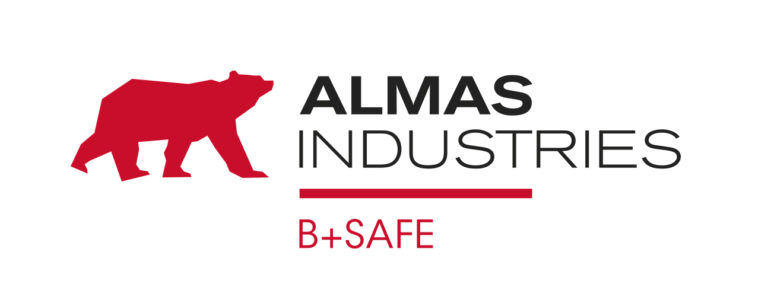Net GHG emissions are now 37% below 1990 levels, while GDP grew by 68% over the same period, demonstrating the continued decoupling of emissions and economic growth.
Meanwhile, the EU remains on track to meet its commitment to reduce emissions by at least 55% by 2030.
More specifically, emissions from power and industrial installations covered by the EU Emissions Trading Scheme saw a record decline of 16.5% in 2023.

This is explained in EU’s 2024 Climate Action Progress Report [EN],which, while noting the reduction in EU emissions, last year also saw more catastrophic events and loss of lives and livelihoods, driven by our already changing climate, and global emissions have yet to peak.
It is therefore considered that further action is needed to ensure that the EU meets its 2030 targets and is on track to achieve its future 2040 target and net zero emissions target by 2050.
European Livestock Voice
A recent article by the European Livestock Voice, which referred to reducing emissions from livestock through improved animal management, stated that one simple way to do this is by reducing food waste. According to the FAO, 40-50% of fruit and vegetables are wasted at source, while for meat and dairy, losses are estimated at 20%. Food waste accounts for 8-10% of global emissions, so promoting less food waste can contribute to further emissions reductions.
The intensity of methane emissions and the potential to mitigate all associated emissions vary greatly between regions and between production systems. FAO estimates that the large difference in emissions intensity of ruminant-derived products is due to different agro-ecological conditions, farming practices and supply chain management. Within this variability, many mitigation options can be found, and with the right incentives, they can be leveraged to close the gap.
There are also solutions to reduce emissions on farms, and many steps have already been taken by farmers and ranchers over the past two decades. An FAO report estimates that partially closing the emissions intensity gap in existing production systems through improved management could reduce emissions by around 30%.
















